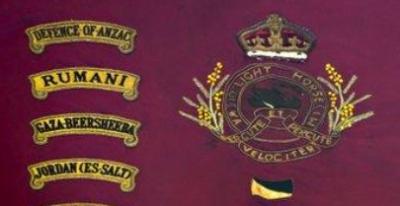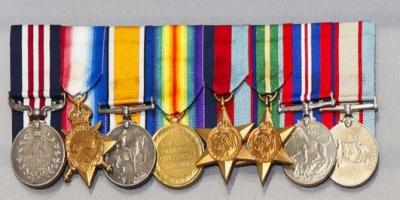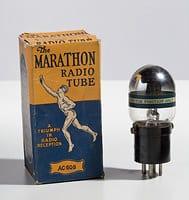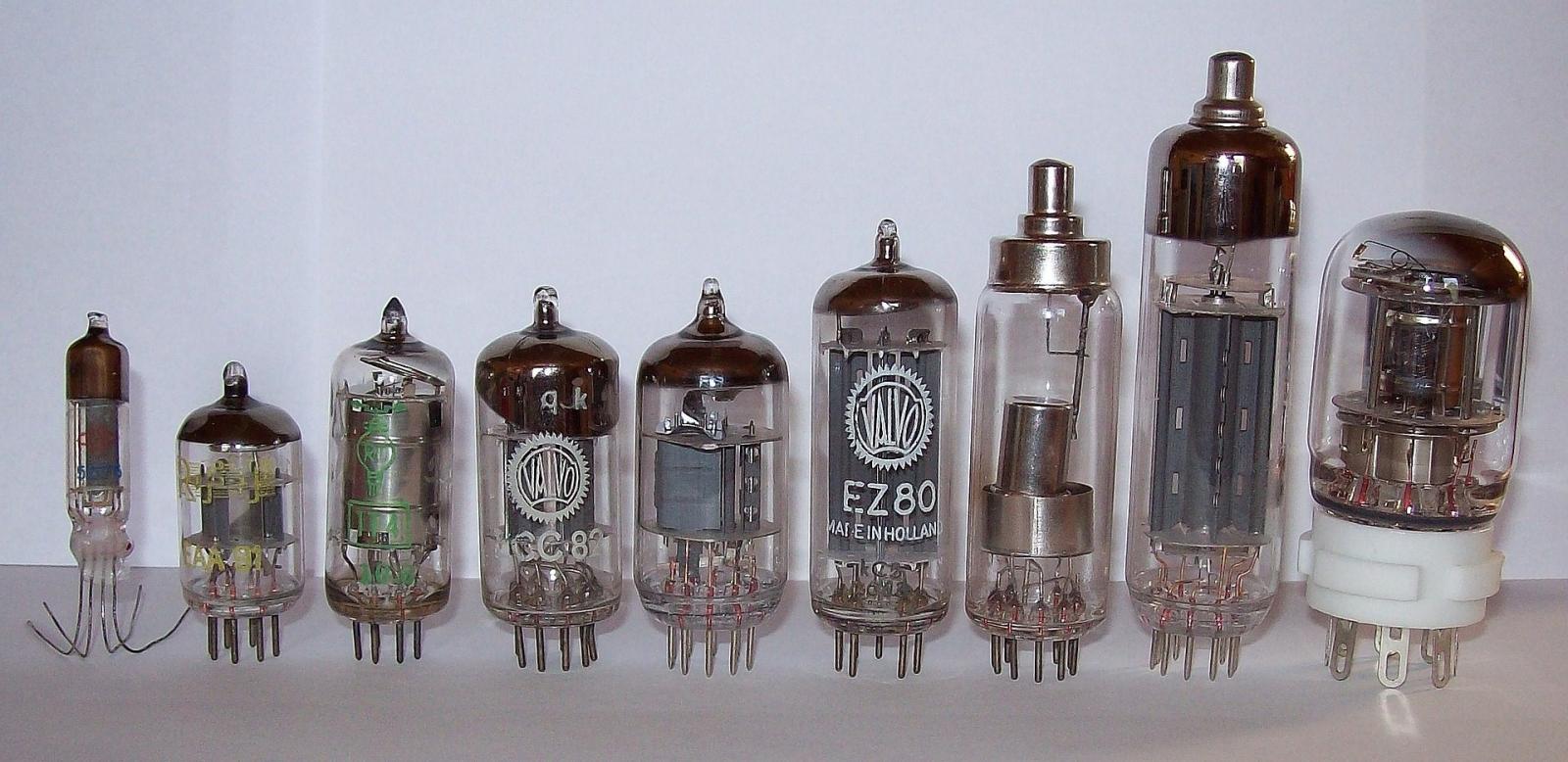World War 2, Spare/Replacement Electronic Valves
A critical operating component of World War 2 era military radios, replacement valves were carefully packed and carried as part of the spare parts inventory. Electronic valves in radios are used for amplification and oscillation to increase the sensitivity of receivers. Transmitting valves produce clean continuous wave radio frequency power.
A vacuum tube, electron tube, valve (British usage), or tube (North America) is a device that controls electric current flow in a high vacuum between electrodes to which an electric potential difference has been applied.
The type known as a thermionic tube or thermionic valve utilizes thermionic emission of electrons from a hot cathode for fundamental electronic functions such as signal amplification and current rectification. In an audio power amplifier, the hot cathodes emit a distinctive red-orange glow.
The simplest vacuum tube, the diode was invented in 1904. It contains only a heated electron-emitting cathode and an anode. Electrons can flow in only one direction through the device—from the cathode to the anode. Adding one or more control grids within the tube allows the current between the cathode and anode to be controlled by the voltage on the grids.
These devices became a key component of electronic circuits for the first half of the twentieth century. They were crucial to the developmentof radio, television, radar, sound recording and reproduction, long-distance telephone networks, and analog and early digital computers.
Details
Details
This exhibit is located in the Communications Gallery commissioned by the Australian Army Museum of Western Australia as part of the Centenary commemorations of the Royal Australian Corps of Signals in the broader context of the evolution of communications technologies. Communication devices used by the Australian Army also are presented in their operational context throughout the Museum.
Australian Army Museum of Western Australia
Australian Army Museum of Western Australia
Other items from Australian Army Museum of Western Australia
- Post 19145, Radio Set Control Group AN/GRA 39, 1960s
- Buttinski Test Phone
- World War 2, South-West Pacific, United States Army Small Ships Section, Rag Tag Fleet, CRI4000 Series Transceiver
- Post-1945, Vietnam, Radio/Transmitter RI 505 - PRC 25
- World War 2, Wireless Set No 108
- Post-1945, Meter, Field Strength ME-61/GRC.
- World War 2 Signaling Lamp
- Royal Australian Signals Histories and Memorabilia
- Battle Honour - "Gaza-Beersheba" , 1917
- Medal Group - 172 FEWSTER, 11 Battalion AIF and 5 Works Company
- Medal Group - 225 HILL, 3 Field Company AIF





